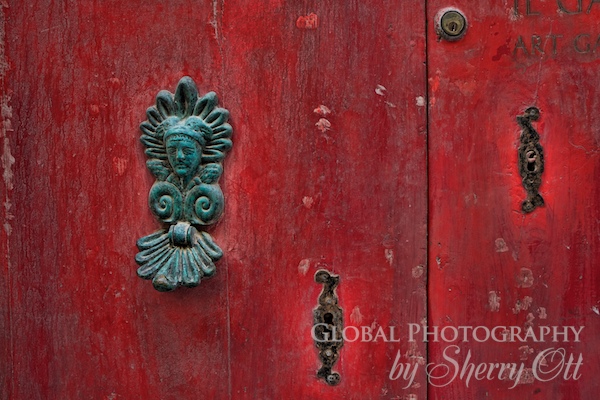
When I heard the name M’dina I immediately conjured up images of knights, narrow alleyways lit by torches, and drama. Yes, sometimes I have an overactive imagination; however, Malta’s town of M’dina does have a moat (never mind that it’s dried up).
This once ancient, medieval town was the cornucopia of Maltese civilization. It had a number of influences and uses through the thousands of years it’s been in existence. Historians believe that the Phoenicians built the walled city in 700BC. Through the years though it was occupied and rebuilt and fortified by the Romans, the Normans, and the Knights of the Hospital of St. John.
However modern day M’dina belongs to the tourism board – or at least that’s what it feels like! The medieval town has been restored impeccably and only 300 people live in it today. However right outside the gate lies the functioning town of Rabat (meaning suburb in Arabic) where about 11,000 people live. This is an interesting mix of past and present life in Malta in such close proximity.
M’dina and Rabat are very easy to reach by bus and once there you can walk right into M’dina with no entrance fee which I was slightly surprised by. However, there are plenty of other opportunities to spend your money in M’dina. Around every corner, twist, and turn there is a gift shop, bakery, wine bar, horse & buggy, or church that is more than willing to take your money! However, don’t expect to see any locals here, this is strictly a tourist site.
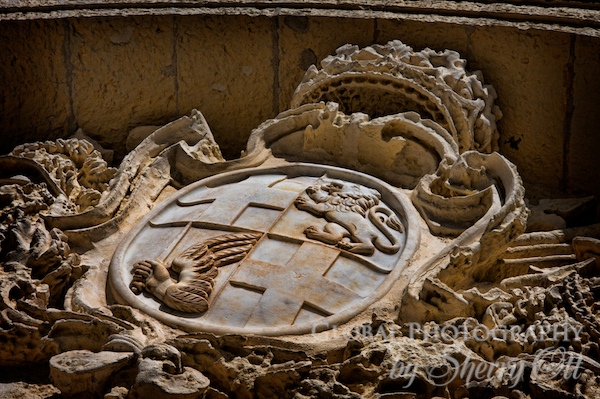
The main gate bears the coat of arms proudly and once you enter make sure you stop right away at the tourist office on the left hand side and pick up a free map and information sheet. Quite honestly, that’s all you need to simply walk around the city and learn a bit about the various buildings. It’s a small site, take your time and wander the streets. Most of the churches do cost money to enter, but if you want to save money and do just one, then be sure to shill out 5Euros (includes entrance to the cathedral museum) to St. Paul’s Cathedral which is said to be the point where Paul converted the Roman Governor, Publius, to Christianity.
When I went in the cathedral, it unfortunately was under construction inside, so the areas to view were limited, but still worth a look. The domes danced in light providing beautiful natural spotlights on the spiritual works of art. The marble inlaid tombstones were of great interest capturing me with their fascinating designs, like a complex chess board.

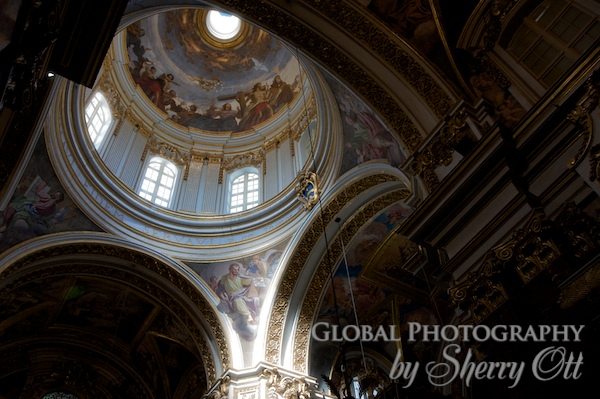
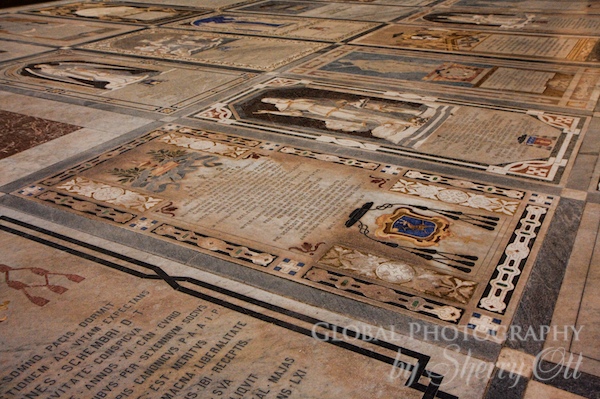
Before you leave M’dina be sure to walk all the way to the back to Bastion Square to get a good view of Malta and see just how thick the fortress walls are. M’dina is built in the center of Malta for strategic defense so the views are beautiful.
The city takes 1 to 2 hours to walk through at a leisurely pace taking photos. However I was a bit frustrated and challenged with photography trying to avoid the myriad of cars parked along the narrow streets. Nothing ruins a picture of an ancient city like a BMW.
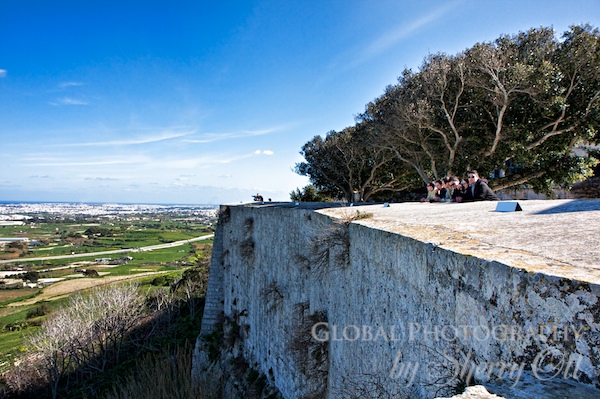
Even though I liked M’dina, it was a little too pristine, polished, and touristy for me. I much preferred my time afterward walking around the town of Rabat watching locals going about their day, stopping into free churches and looking around and stopping for a 1 Euro pastizzi of course. However stopping in M’dina is definitely time well spent, just make sure you leave enough time to see Rabat if you enjoy present life to past life.

Sherry Ott is a refugee from corporate IT who is now a long term traveler, blogger, and photographer. She’s a co-founder of Briefcasetobackpack.com, a website offering career break travel inspiration and advice.
Additionally, she runs an around the world travel blog writing about her travel and expat adventures at Ottsworld.com.com.








